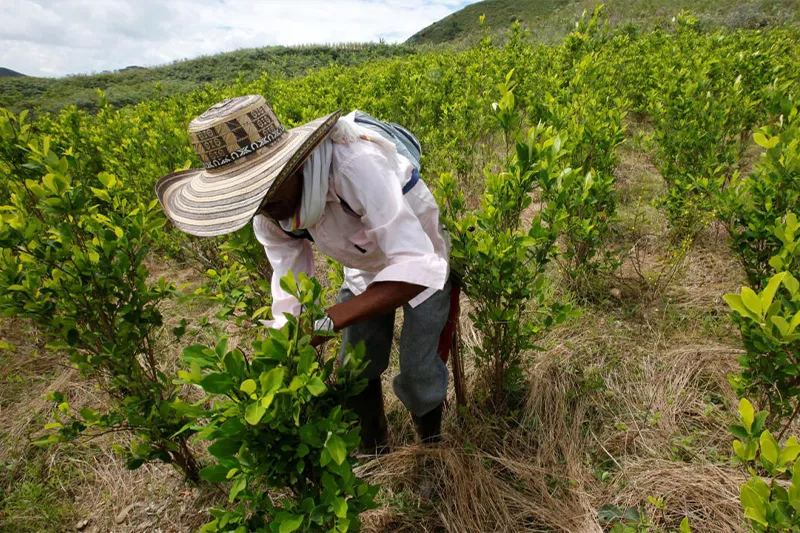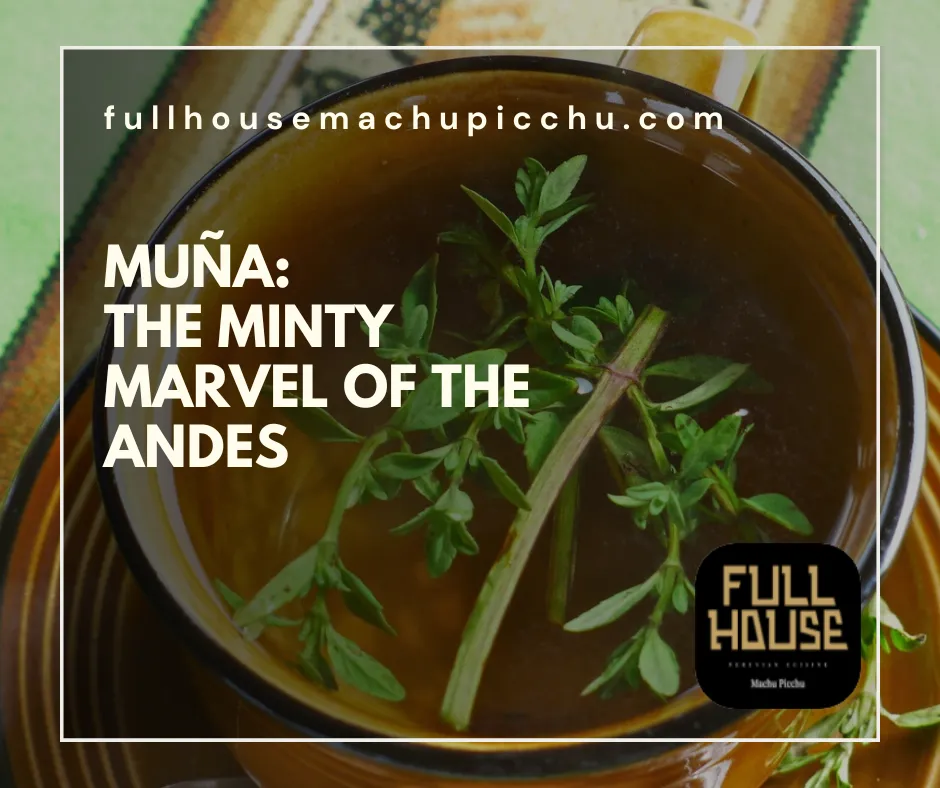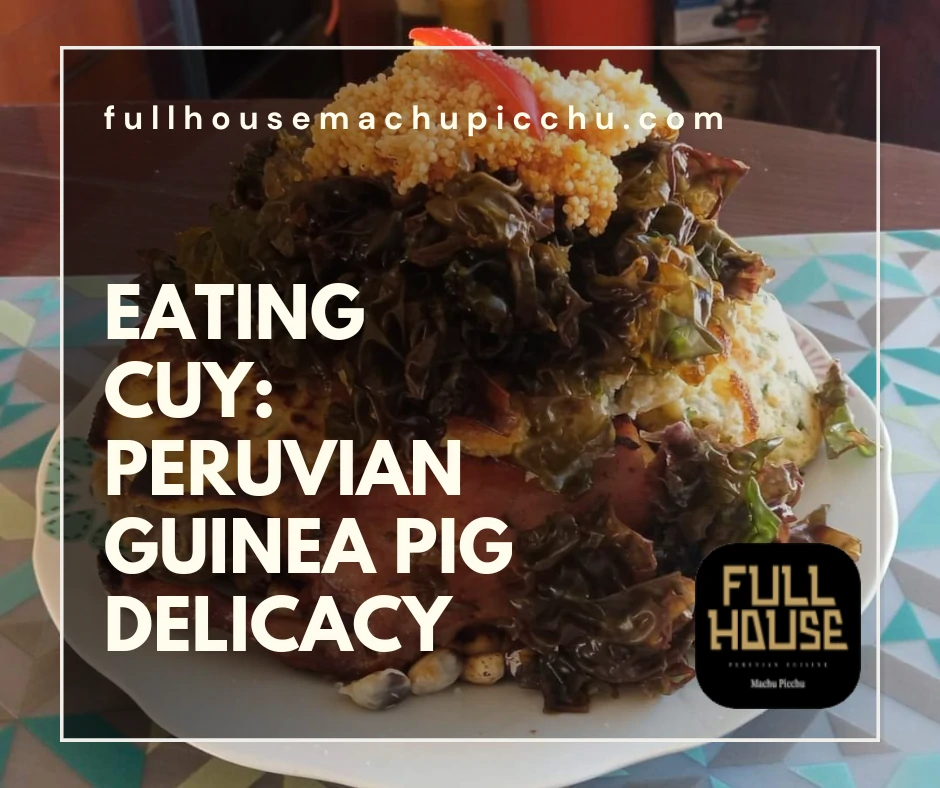High in the Andean mountains, a special herb thrives: muña. Revered for its minty flavor and medicinal properties, it stands out. Teas, dishes, and traditional remedies feature its presence.
Muña is more than just an herb; it’s a legacy. Woven into the tapestry of Andean culture, it holds stories of the past. “Muña: The Minty Marvel of the Andes” unveils its captivating journey.
Ancient Uses: Muña in Traditional Andean Healing
For centuries, the Andean people have harnessed the power of nature for healing. Among their treasured herbs stands Muña. Renowned for its medicinal properties, its value in traditional healing cannot be understated.
Long before modern medicine reached these mountains, Muña was a remedy. Locals chewed its leaves for digestive issues. Upset stomachs, bloating, and even gastritis found relief with this potent herb. Beyond digestion, it played a role in respiratory health. Sipping on Andean infusions made of Muña aided those with bronchial problems.
Not only was Muña revered for internal healing, but externally too. Ground into pastes or infused in oils, it treated skin ailments. From insect bites to minor cuts, its antiseptic qualities were trusted.
Its versatility also saw it blend into daily life. Imagine a chilly Andean morning. An Andean breakfast, complemented by a warm Muña tea, warms the body and soul. The comfort it brought extended beyond the palate, reaching deep into well-being.
Today, while modern medicine has made strides, Muña remains indispensable. Many Andean households still turn to it first, a testament to its efficacy. And its popularity isn’t confined to the Andes. The world, increasingly looking towards natural remedies, has embraced Muña.
Muña is a symbol. It represents the Andean spirit of coexisting with nature, of respecting what the earth offers. From an integral part of the Andean breakfast to the heart of Andean infusions, Muña’s presence is unwavering. Its roots run deep in history, but its branches extend, promising holistic health for future generations.
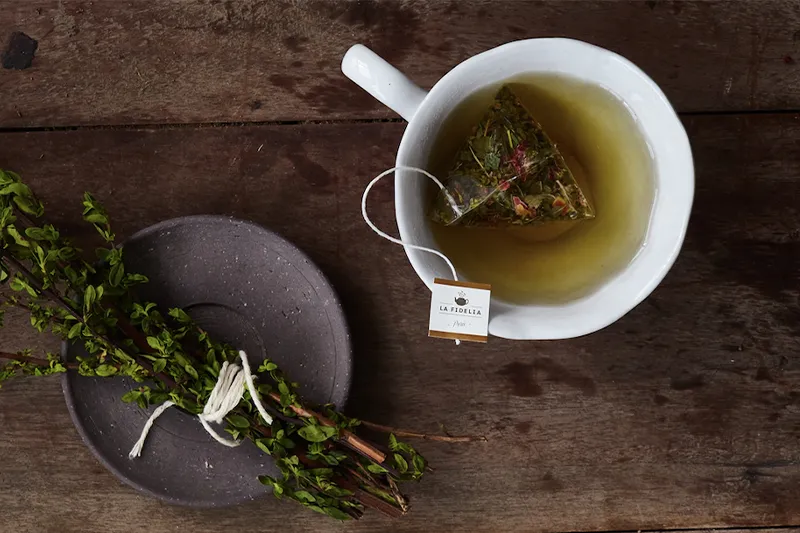
From Teas to Tonics: Preparing and Enjoying Muña
Muña, with its minty aroma, has long been a favorite in the Andean kitchen. Its versatility extends from hot beverages to revitalizing tonics. One cannot discuss peruvian drinks without mentioning the beloved Muña tea. Brewed simply with leaves and hot water, it’s a testament to nature’s simplicity and power.
To prepare the tea, one steeps fresh or dried leaves. Within minutes, the infusion turns aromatic, signaling it’s ready. Sipping it not only warms the body but soothes the digestive system. In a way, this tea is a bridge, linking modern life with Inca nutrition principles.
But teas don’t just restrict Muña. It’s an essential component in many traditional tonics. When combined with other Andean herbs, it amplifies the therapeutic benefits. These tonics are often hailed for their ability to boost immunity and improve respiratory health.
Muña’s fresh leaves can also be added to salads. Their minty touch brings a burst of freshness to any dish. Another way to enjoy it is by incorporating it into smoothies. When blended with fruits, it adds a unique twist, enhancing both flavor and nutrition.
For those keen on experimenting, Muña makes a great ingredient in homemade syrups. Drizzle over pancakes or stir into drinks; the options are endless. As interest in natural ingredients and traditional foods grows, Muña’s appeal only amplifies.
In essence, from the peaks of the Andes, it has journeyed into the hearts of many. Whether enjoyed as a simple tea or a complex tonic, its presence is cherished. As the world rediscovers ancient wisdom, Muña, with its myriad preparations, continues to shine.
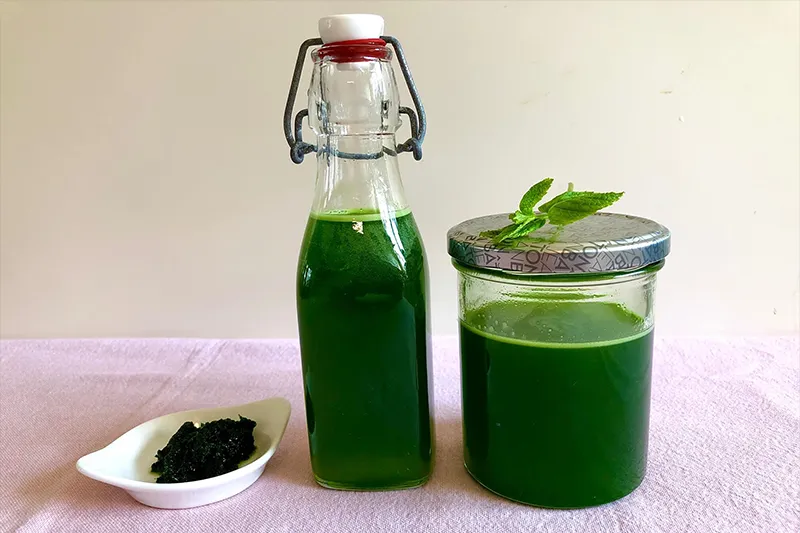
Ecological Impact: Cultivating in Mountain Ecosystems
The Andean mountains, with their rich biodiversity, play host to a variety of flora. Among them stands Muña. Its cultivation, deeply embedded in these terrains, has ecological implications worth noting.
Growing Muña isn’t merely about harnessing its benefits for wellness and relaxation. Its cultivation impacts the mountain ecosystems positively. First, Muña’s root system helps in soil retention. In regions prone to erosion, this plant provides stability, mitigating landslides and preserving topsoil.
Furthermore, Muña acts as a natural pest deterrent. Local farmers observe fewer pests in plots where it thrives. This reduces the need for chemical pesticides, promoting organic farming practices. In turn, this supports the health of the surrounding environment and other species.
Muña’s presence also boosts local economies. With a growing demand for natural peruvian beverages, its cultivation offers livelihood opportunities. As its popularity grows internationally, sustainable farming practices are encouraged. This ensures that the ecological balance of the region remains undisturbed.
Interestingly, Muña supports pollinators. Its blossoms often attract bees and butterflies. Their increased activity aids in the pollination of neighboring plants, enhancing overall biodiversity. This synergy is a beautiful example of nature’s balance.
However, with popularity comes responsibility. Overharvesting is a concern. Sustainable cultivation is essential to prevent depletion and ensure it remains a mountain marvel for generations.
In conclusion, Muña isn’t just a herb; it’s an ecological ally. Cultivating it aids in preserving the delicate mountain ecosystems. But it’s crucial that as we embrace Muña for its benefits, we also champion its sustainable growth.
